What happened to the world's first billionaire's fortune?
The man who built a dynasty
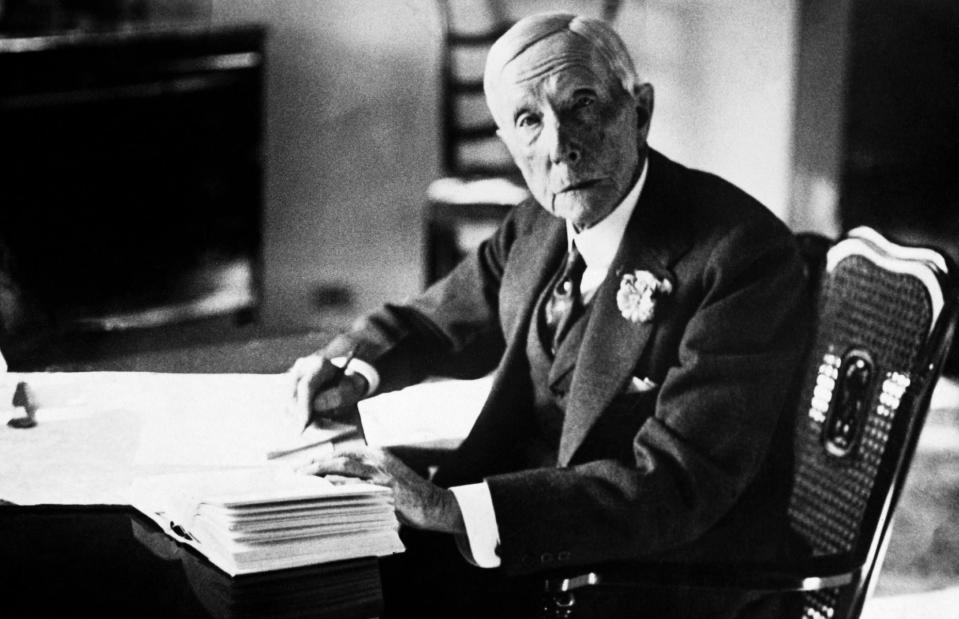
Hulton-Deutsch Collection/CORBIS/Corbis via Getty Images
When you think of billionaires today, perhaps Jeff Bezos, Elon Musk, or maybe even Taylor Swift come to mind. But paving the way for them all was John D. Rockefeller, the world's first dollar billionaire.
At the time of his death in 1937, the oil dynasty founder boasted an estimated net worth of $1.4 billion, the equivalent of $21.7 billion (£17bn) in 2024. However, some financial scholars have even suggested he may have been worth somewhere in the region of $400 billion (£315bn) in today's money.
Read on to discover how Rockefeller built his astonishingly profitable empire after a very humble childhood, and find out what happened to his enormous fortune.
All dollar amounts in US dollars.
Humble beginnings
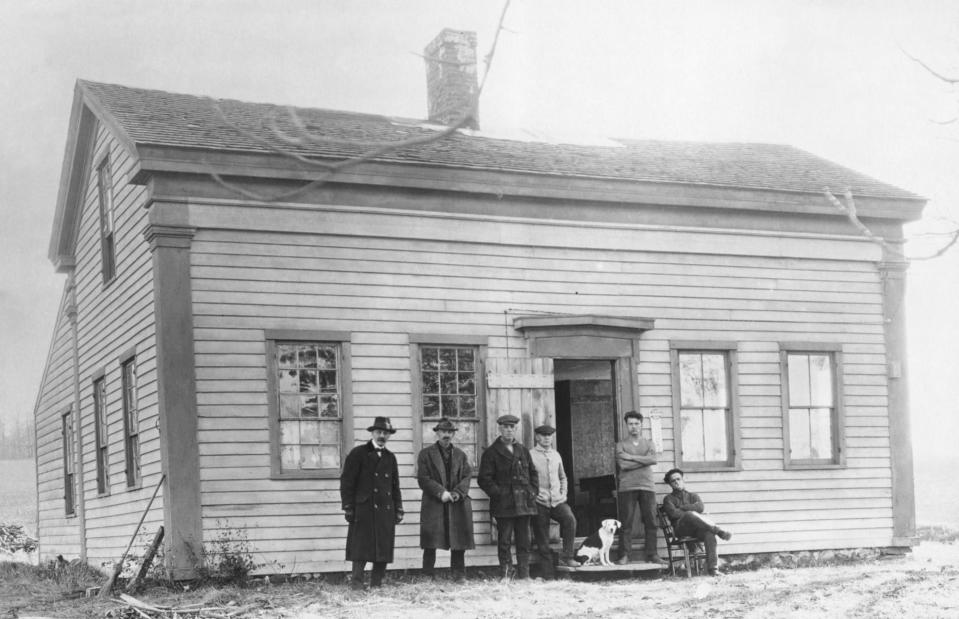
George Rinhart/Corbis via Getty Images
John D. Rockefeller was born in 1839 to a modest family in New York. His father Bill was something of a con artist: a travelling salesman, he made claims about being able to cure cancer and was rarely at home. He was notoriously unfaithful to his wife Eliza and was believed to have committed bigamy.
The young Rockefeller was more influenced by his mother, who taught him the importance of working to earn money. An entrepreneur in the making, John's first jobs included breeding turkeys, selling sweets, and running errands for neighbours.
Rockefeller's first job
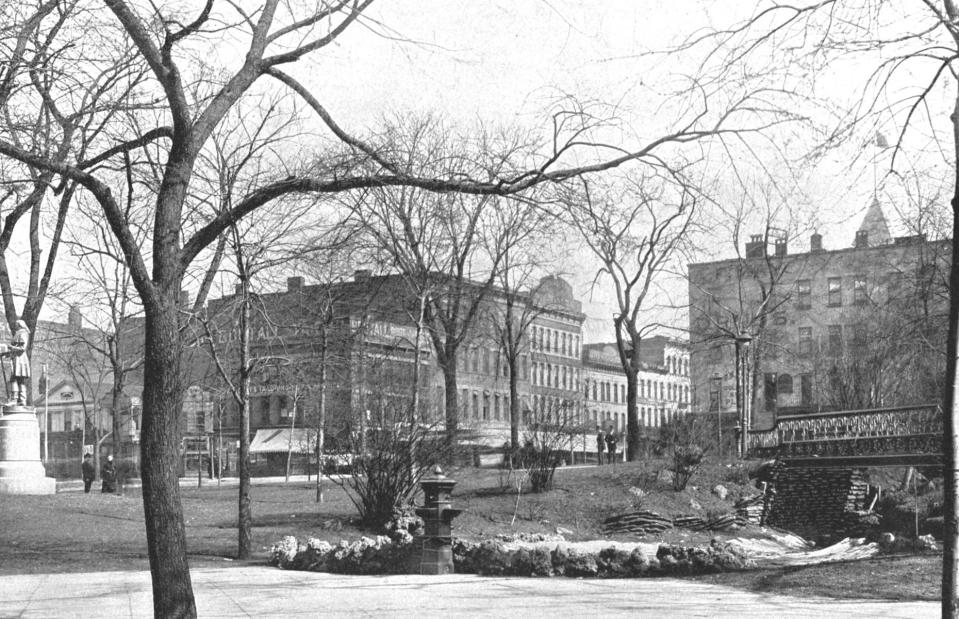
The Print Collector/Getty Images
Rockefeller's business instinct truly kicked in after his family moved to Cleveland, Ohio in 1853. Two years later, when Rockefeller was just 16, he landed an office job at Hewitt & Tuttle, a small produce commission firm.
He made around 50 cents (39p) a day working as an assistant bookkeeper for the business, which bought and sold essential commodities such as coal and grain.
Business beginnings
![<p>Wikimedia Commons [Public domain]</p>](https://s.yimg.com/ny/api/res/1.2/MDTzpFLo6I05zfpvgnmwrQ--/YXBwaWQ9aGlnaGxhbmRlcjt3PTk2MDtoPTYxOQ--/https://media.zenfs.com/en/lovemoney_uk_264/057cede7830789ea91170c23459496b3)
Wikimedia Commons [Public domain]
By the age of 20, Rockefeller had learned enough to branch out on his own. In 1859, he teamed up with Maurice B. Clark to launch a produce company that sold hay, meats and grains.
At the end of the venture's first year, it grossed the equivalent of around $450,000 (£354k) in today's money.
An introduction to oil
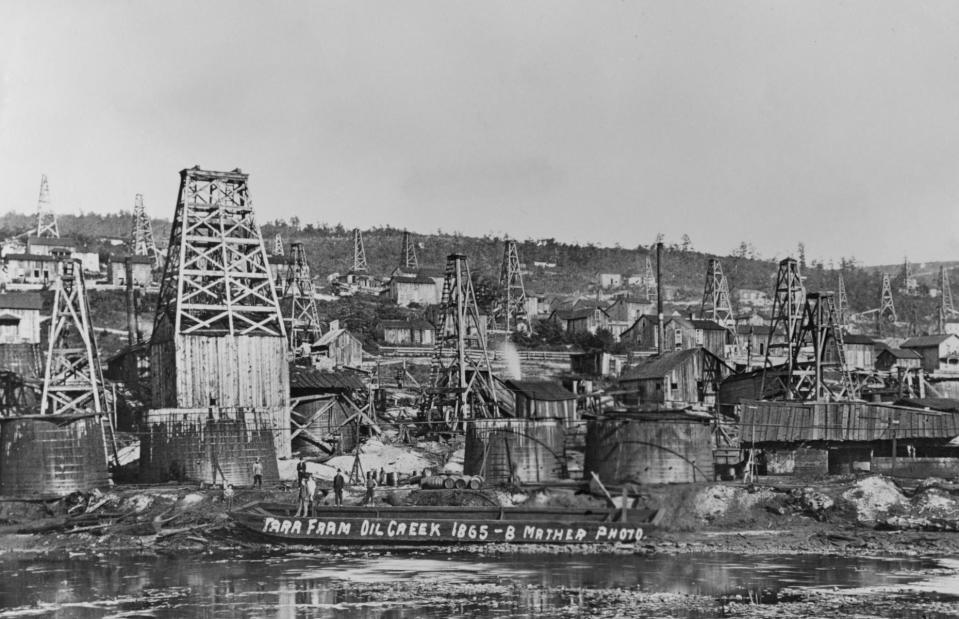
R. Gates/Archive Photos/Getty Images
America’s first oil well was drilled in Pennsylvania in 1859, and the historic moment inspired Rockefeller to enter the oil industry. However, instead of drilling, he anticipated that the refining process could be more lucrative and teamed up with several partners to open his own oil refinery in Cleveland.
Within two years it had become the largest in the area, prompting the young businessman to make oil his sole focus. After borrowing some money, Rockefeller bought out his partners and gained total control of the refinery in 1865.
Ahead of the curve

Library Of Congress/Getty Images
Rockefeller had fantastic business instincts and was always looking ahead to his next venture. In 1865, he took note of then-president Abraham Lincoln’s promotion of the Transcontinental Railroad and predicted that cross-country lines and southern railroads would be built at the end of the Civil War.
Despite it being the main source of fuel at the time, Rockefeller also anticipated that coal would eventually be replaced by oil.
The birth of Standard Oil

Hulton Archive/Getty Images
In 1870, Rockefeller joined forces with his brother William and the industrialist Henry Flagler to form Standard Oil. Kerosene, which is derived from crude oil and was dubbed “the poor man’s light", was commonly used to light lamps at the time.
Rockefeller was convinced it would make him a success. And he was right – he became the largest producer of refined kerosene in America.
Understanding his product
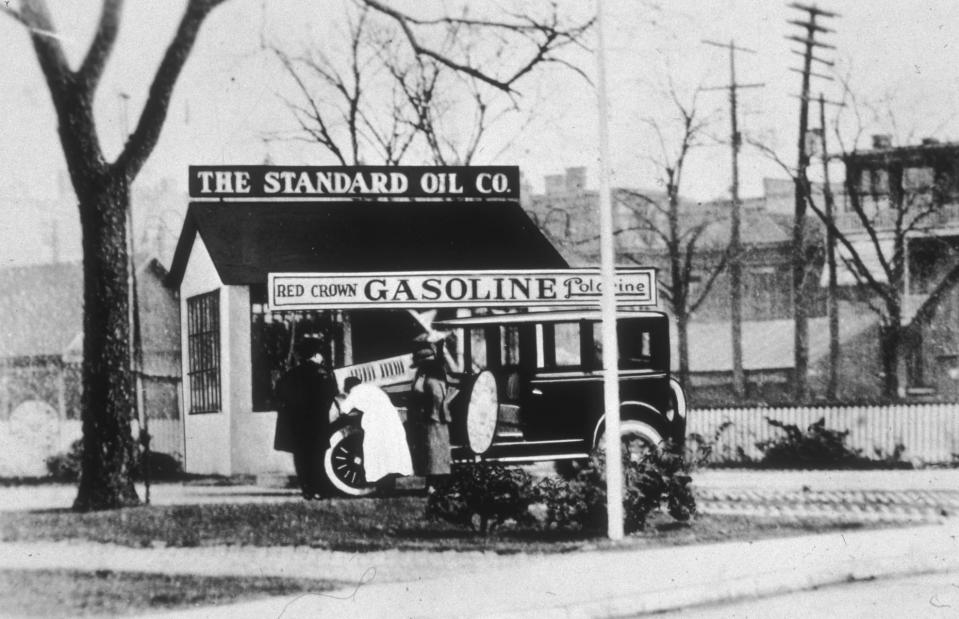
Hulton Archive/Getty Images
Standard Oil maximised its power by employing scientists to find new uses for petroleum by-products. They learned how to save the gasoline produced in the refining process and use it to create lubricating oils, instead of burning it off like most refiners did.
The South Improvement Company
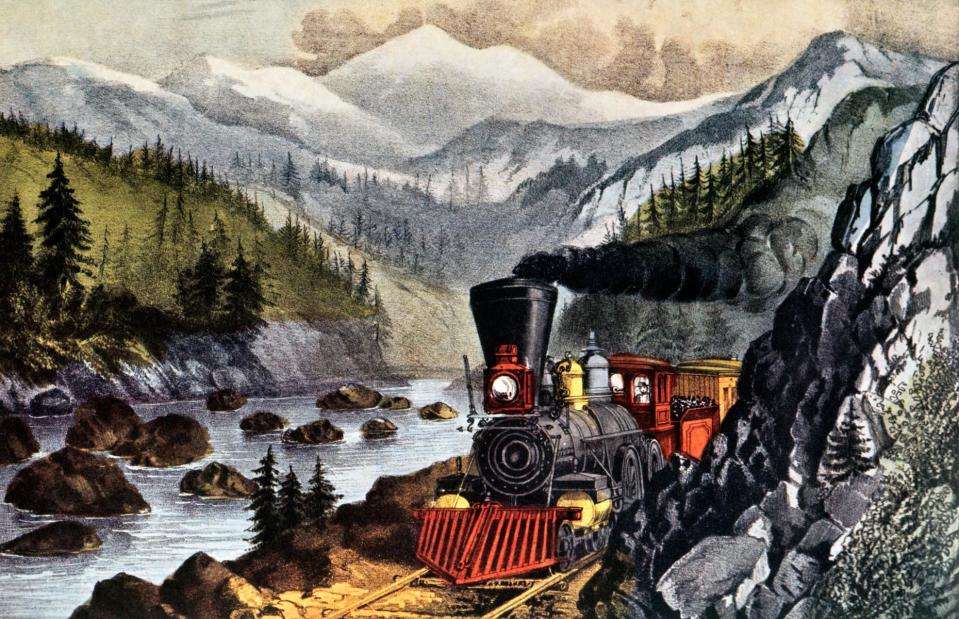
H. Armstrong Roberts/ClassicStock/Getty Images
In 1871, Rockefeller joined the the South Improvement Company, a venture which brought together railroad and refinery giants. Members were given special shipping rates, which allowed them to charge their customers less.
As the organisation only included big players, many smaller companies were edged out. A year later, the state of Pennsylvania stepped in and suspended the company.
The Cleveland Massacre
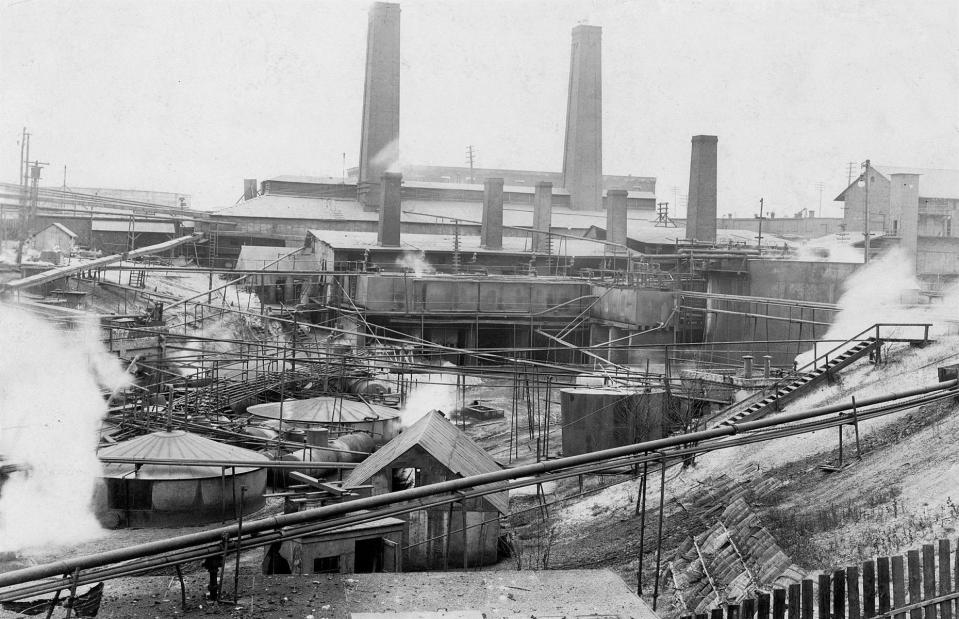
Sueddeutsche Zeitung Photo/Alamy Stock Photo
With his profits on the rise, Rockefeller spent the next two years buying out his rivals, creating America’s first monopoly. He purchased 22 refineries in less than four months, meaning he'd snapped up over 80% of the competition in Cleveland.
The mammoth takeover, widely referred to as “The Cleveland Massacre", resulted in the creation of the Standard Oil Trust. For over three decades, the Standard Oil Trust would oversee the production, marketing, and transportation of almost all the oil in the United States.
Hot competition

Subbotina Anna/Shutterstock
Rockefeller may have been heavily reliant on the railroads to transport his oil across the country but the industry was equally as reliant on him for business. His oil accounted for around 40% of rail cargo.
This led to widespread competition among rail companies and meant he received rebates in exchange for his business. In turn, this drove down the price of kerosene, making it more accessible to the average person.
Off the rails
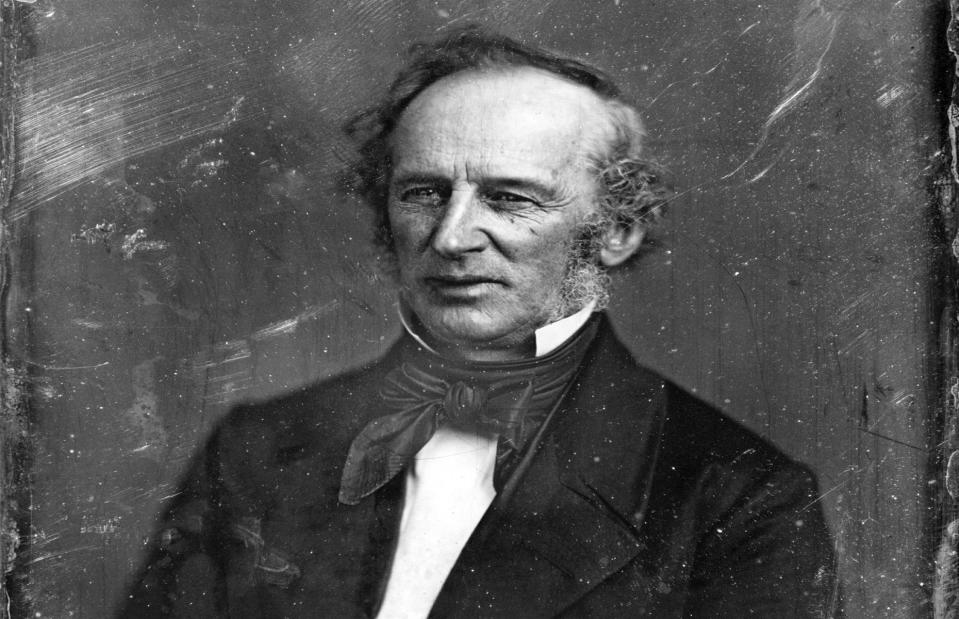
Pictorial Press Ltd/Alamy Stock Photo
Following a massively profitable few years for Rockefeller, railroad giants Cornelius Vanderbilt (pictured) and Tom Scott attempted to ramp up rail rates. Savvy as ever, Rockefeller retaliated by building 4,000 miles of pipeline through the countryside.
This delivered his oil from Ohio to Pennsylvania, meaning he was no longer reliant on the railroads. Incredibly, this led to the bankruptcy of around a third of the nation's railroad companies.
The Panic of 1873
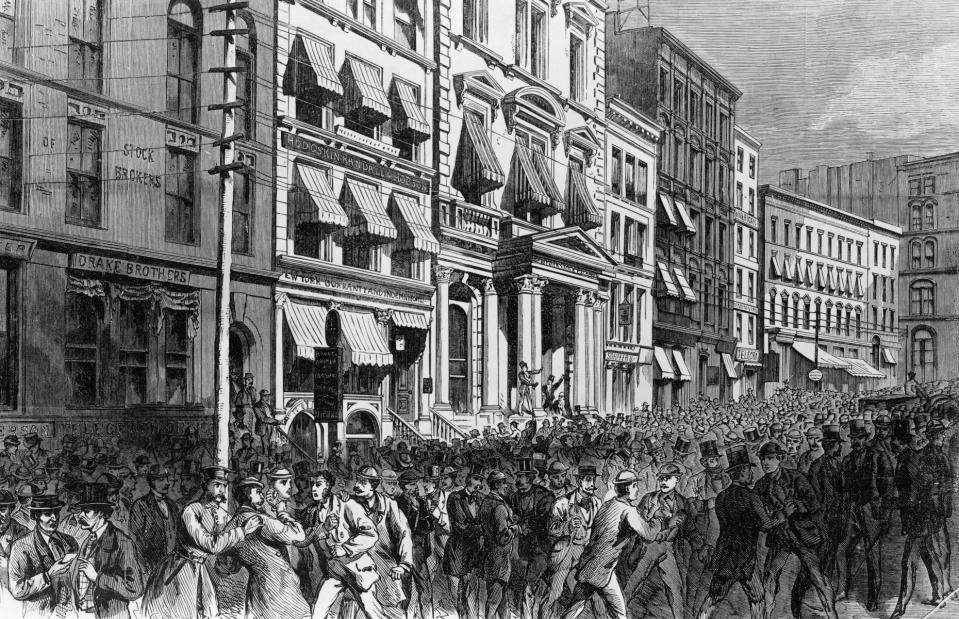
Kean Collection/Archive Photos/Getty Images
As North America became submerged in the Panic of 1873, the financial crisis that sparked economic depression in North America and Europe, the New York Stock Exchange shut down for the first time. This resulted in mass unemployment among the working class.
Ever the opportunist, Rockefeller used the economic slump as a chance to buy out even more of Standard Oil's competitors at bargain prices.
Making his mark
![<p>Pat Hawks/Wikimedia Commons [Public domain]</p>](https://s.yimg.com/ny/api/res/1.2/0X_XYci_.BPhfz5rca9CMw--/YXBwaWQ9aGlnaGxhbmRlcjt3PTk2MDtoPTYxOQ--/https://media.zenfs.com/en/lovemoney_uk_264/c22f28c4151ac77773bf06bf3fab4ae7)
Pat Hawks/Wikimedia Commons [Public domain]
Rockefeller’s bold moves worked: by 1882, and with 100,000 employees working across 20,000 domestic wells, the Standard Oil Trust controlled 90% of all the oil in the United States by 1882. However, unbeknown to Rockefeller, Standard Oil had reached its peak by this point.
Before the end of the 19th century, this share dropped to around 80%, never rising as high again. Rockefeller reportedly commented: "We realised that public sentiment would be against us if we actually refined all the oil".
Public backlash
![<p>Oscar White/Wikimedia Commons [Public domain]</p>](https://s.yimg.com/ny/api/res/1.2/PN_6GWL2JScXXXq_yhMHlw--/YXBwaWQ9aGlnaGxhbmRlcjt3PTk2MDtoPTYxOQ--/https://media.zenfs.com/en/lovemoney_uk_264/f8ee1b5e2bd962234748add939805656)
Oscar White/Wikimedia Commons [Public domain]
Around this time, Rockefeller was being depicted as a ruthless and unethical business magnate in the press. Publications widely frowned upon his business tactics, criticising his use of underground deals and arrangements. In 1902, Ida Tarbell – whose family's oil refinery had been forced to close by Standard Oil – published a series of articles, followed by a book, that slammed Rockefeller.
As well as criticising the way he did business, the book also exposed the shady past of his father Bill.
A presidential clampdown
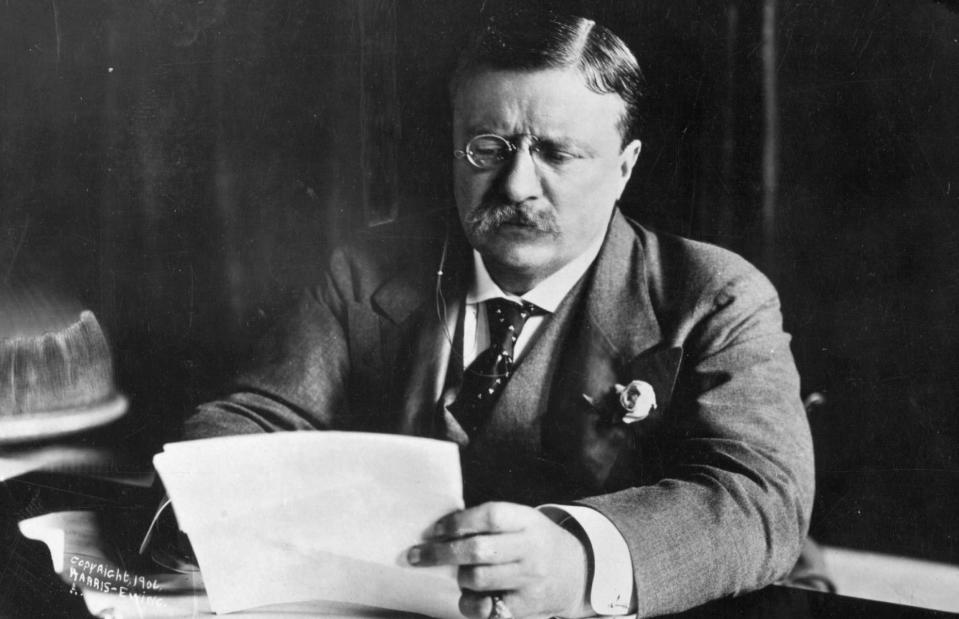
Hulton Archive/Getty Images
The business mogul faced an unlikely adversary when President Theodore Roosevelt called for an end to the power of trusts at the start of the 20th century. Around this time, Rockefeller reportedly controlled 98% of the kerosene industry.
By 1904, the government had filed an anti-trust lawsuit against the Standard Oil Trust. At this point, Rockefeller was widely considered to be the richest man in the world.
The end of the Standard Oil Trust
![<p>Miscellaneous Items in High Demand, PPOC, Library of Congress/Wikimedia Commons [Public domain]</p>](https://s.yimg.com/ny/api/res/1.2/.bkKxpkQFBImxoh0KdK0wQ--/YXBwaWQ9aGlnaGxhbmRlcjt3PTk2MDtoPTYxOQ--/https://media.zenfs.com/en/lovemoney_uk_264/01a8cc62961411012da1d06d84b05617)
Miscellaneous Items in High Demand, PPOC, Library of Congress/Wikimedia Commons [Public domain]
Rockefeller was forced to endure an extensive court case that unearthed the ins and outs of his business tactics, digging into claims of unfair pricing, bribes, and even intimidation. In 1911, the courts delivered a massive blow by concluding that Standard Oil’s business practices violated the Sherman Antitrust Act.
At this point, the corporation still controlled 70% of the global refined oil market. Rockefeller was given six months to break up his business.
An oil legacy
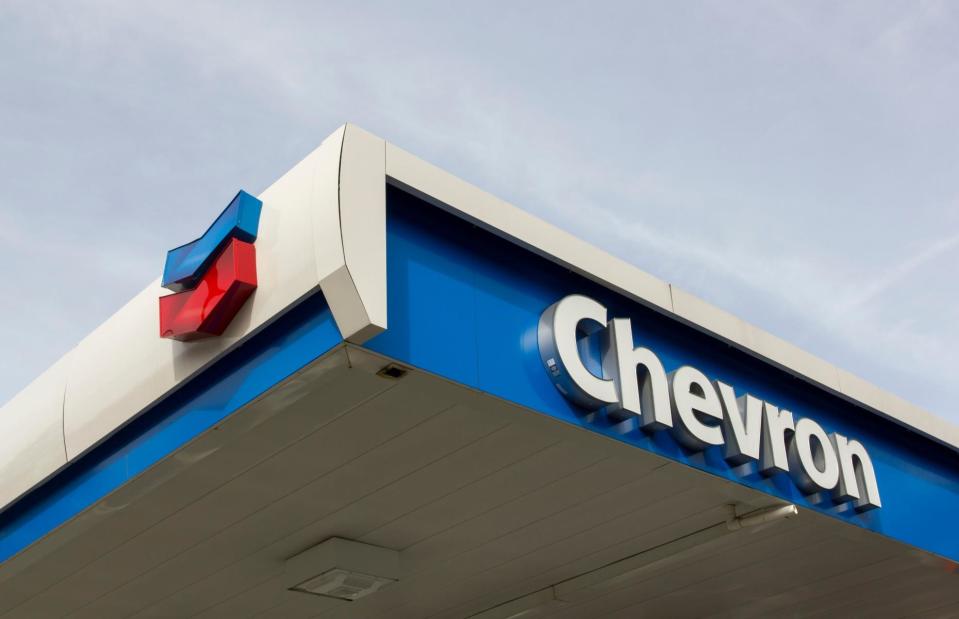
Tada Images/Shutterstock.com
The dissolution of Standard Oil resulted in Rockefeller creating 34 smaller companies, which ultimately left him richer than ever. These companies included what would later become Chevron and ExxonMobil – now major players in the oil industry.
By 1916, newspapers were declaring Rockefeller the world's first dollar billionaire.
Philanthropic pursuits

Hulton Archive/Getty Images
By the time he died in 1937 at the age of 97, Rockefeller had donated over $530 million to charitable causes, the equivalent of $11.5 billion (£9bn) in today's money. During his lifetime, he launched four foundations: the Rockefeller Foundation, the Rockefeller Institute for Medical Research, the General Education Board, and the Laura Spelman Rockefeller Memorial, which was set up in honour of his late wife who died in 1915.
Giving an education

Noam Galai/Getty Images
In addition to his various foundations, Rockefeller poured money into education. He donated tens of millions to the University of Chicago and provided substantial support to the likes of Harvard, Yale, Columbia, and Brown.
He also gave money to his own Rockefeller Institute for Medical Research, which would later be renamed the Rockefeller University in 1965, a decade after welcoming its first graduate students. In addition, Rockefeller donated generously to the Atlanta Baptist Female Seminary, which was an African-American women’s university.
Rockefeller was reportedly impressed by the institution's vision for the future and offered to clear all its debts. It was later renamed Spelman’s College – again, in memory of Laura.
Medical marvels

Photelling Images/Shutterstock.com
The Rockefeller Foundation’s International Health Division campaigned against various diseases, including malaria, yellow fever and hookworm disease, with the latter eradicated by the Rockefeller Sanitary Commission. In 1914, the Foundation established the China Medical Board, to encourage the study of health education and hygiene in medical schools, hospitals and nurse training schools in China.
Between 1914 and 1919, the foundation also donated more than $22 million to war aid charities, including the American Red Cross and the United War Work Fund. That's the equivalent of $398 million (£311m) today.
A lifetime legacy

Bettmann/Getty Images
Rockefeller passed down a legacy of philanthropy to his son John Jr., who's estimated to have given away more than $537 million to good causes by the time of his death in 1960, the equivalent of $5.7 billion (£4.5bn) in today's money. John Jr. also funded the Rockefeller Center, a large complex in Midtown Manhattan that currently contains 19 commercial buildings over 22 acres. With the goal of making "a city within a city", it's estimated to have created around 75,000 jobs at its peak.
With its rich history and stunning Art Deco aesthetic, the Rockefeller Center was made an official NYC landmark in 1985, and a National Historic Landmark in 1987.
Meet the family

Dia Dipasupil/WireImage
It's safe to say that John D. Rockefeller built the dynasty of a lifetime. Today, his family is still worth an estimated $10.3 billion (£8.1bn), according to Forbes.
The fortune is said to be spread out between over 200 family members, including fashion designer Ariana Rockefeller (pictured) and Jay Rockefeller, the former United States Senator. In 2020, Forbes listed the family as the 43rd richest in America.
David Rockefeller
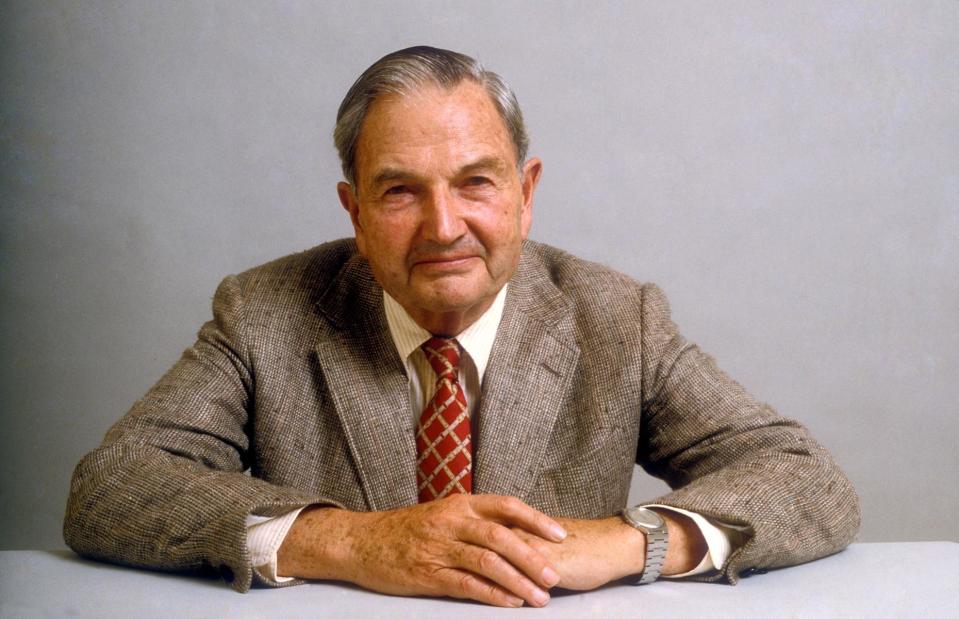
Shepard Sherbell/Corbis via Getty Images
The most prominent member of the family to die recently was David Rockefeller, who passed away at age 101 in 2017. At the time of his death, he was the world's oldest billionaire, as well as the last living grandchild of John D. Rockefeller.
David had a net worth of around $3.3 billion (£2.6bn) and, like his grandfather, was involved in charitable works. His will stated that once all assets had been liquidated, over $700 million (£520m) should be donated to a range of non-profit organisations. Beneficiaries included Harvard, the Museum of Modern Art, and the Rockefeller University.
The modern-day Rockefellers

Kris Connor/Getty Images
The Rockefeller family is still very active in philanthropy, with a strong focus on global health and world hunger. The Rockefeller Foundation's website also highlights its desire to expand economic opportunities among struggling families.
As part of the organisation's public presence, it also regularly celebrates the philanthropic efforts of others. In 2013, for example, Elton John (pictured) was given the Rockefeller Foundation Lifetime Achievement Award for his role as an advocate for people with HIV/AIDS.
From Rockefellers to Rothschilds: discover more about five old-money families in the modern world
Updated by Alice Cattley

 Yahoo Finance
Yahoo Finance 